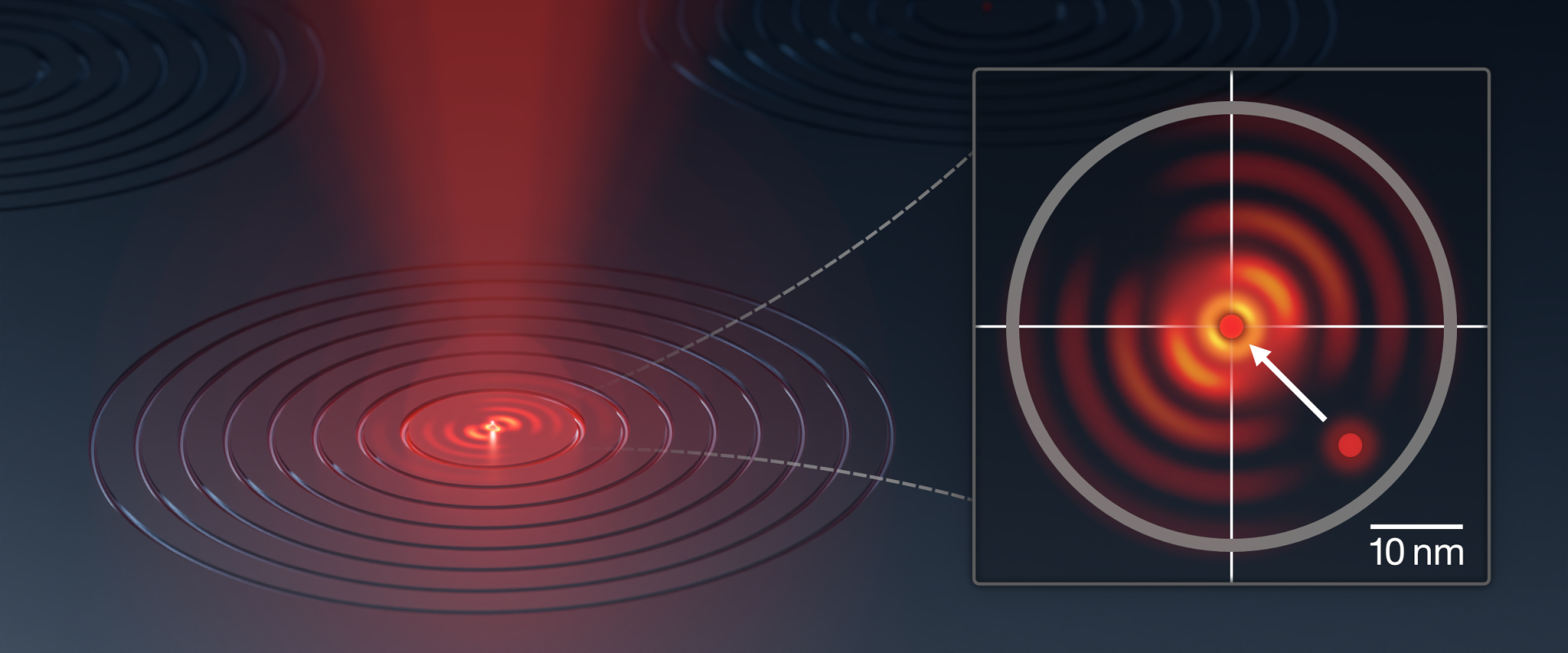Researchers at the National Institute of Standards and Technology (NIST) and the Joint Quantum Institute (JQI) have developed a method to accurately align quantum dots within photonic chips. The team, including Craig Copeland and Samuel Stavis, created standards and calibrations for optical microscopes that allow quantum dots to be centered with an error of 10 to 20 nanometers. This precision is crucial for devices that use radiation emitted by quantum dots to store and transmit quantum information. The new method could increase the number of high-performance devices by a hundred-fold, aiding the development of emerging quantum information technologies.
Quantum Dot Alignment: A Breakthrough in Quantum Information Technologies
Quantum dots, the tiny particles that emit brilliant light, have been successfully incorporated into commercial products such as chip-scale lasers and optical amplifiers. However, the development of newer quantum-dot devices has been slower due to the need for precise alignment between individual dots and the miniature optics that guide the emitted radiation.
Researchers at the National Institute of Standards and Technology (NIST) and their colleagues have made a significant breakthrough in this area. They have developed standards and calibrations for optical microscopes that allow quantum dots to be aligned with the center of a photonic component with an error margin of just 10 to 20 nanometers. This level of precision is crucial for chip-scale devices that use the radiation emitted by quantum dots to store and transmit quantum information.
The NIST Method: A Leap Forward in Quantum Dot Technology
The NIST researchers have achieved this level of accuracy across the entire image from an optical microscope. This has enabled them to correct the positions of many individual quantum dots. A model developed by the researchers predicts that if microscopes are calibrated using the new standards, then the number of high-performance devices could increase by as much as a hundred-fold.
This new ability could significantly enhance the reliability and efficiency of quantum information technologies that are slowly emerging from research laboratories and being developed into commercial products. The method developed by the NIST team, which includes researchers from the Joint Quantum Institute (JQI), a research partnership between NIST and the University of Maryland, is described in an article posted online in Optica Quantum.
Overcoming Challenges in Quantum Dot Alignment
The seemingly simple task of finding a quantum dot and placing a photonic component on it turns out to be a complex measurement problem. Errors begin to accumulate as researchers use an optical microscope to find the location of individual quantum dots, which reside at random locations on the surface of a semiconductor material.
These errors are compounded by inaccuracies in the fabrication process that researchers use to make their calibration standards, which also affects the placement of the photonic components. The NIST method identifies and corrects such errors, which were previously overlooked.
The Importance of Calibration in Quantum Dot Technology
The NIST team created two types of traceable standards to calibrate optical microscopes—first at room temperature to analyze the fabrication process, and then at cryogenic temperatures to measure the location of quantum dots.
The researchers discovered several pitfalls in calibrating the magnification of cryogenic optical microscopes, which tend to have worse image distortion than microscopes operating at room temperature. These optical imperfections bend the images of straight lines into gnarled curves that the calibration effectively straightens out. If uncorrected, the image distortion causes large errors in determining the position of quantum dots and in aligning the dots within targets, waveguides, or other light-controlling devices.
The Future of Quantum Dot Technology
The researchers developed a detailed model of the measurement and fabrication errors in integrating quantum dots with chip-scale photonic components. They studied how these errors limit the ability of quantum-dot devices to perform as designed, finding the potential for a hundred-fold improvement.
Beyond quantum-dot devices, traceable standards and calibrations under development at NIST may improve accuracy and reliability in other demanding applications of optical microscopy, such as imaging brain cells and mapping neural connections. For these endeavors, researchers also seek to determine accurate positions of the objects under study across an entire microscope image. In addition, scientists may need to coordinate position data from different instruments at different temperatures, as is true for quantum-dot devices.
External Link: Click Here For More

